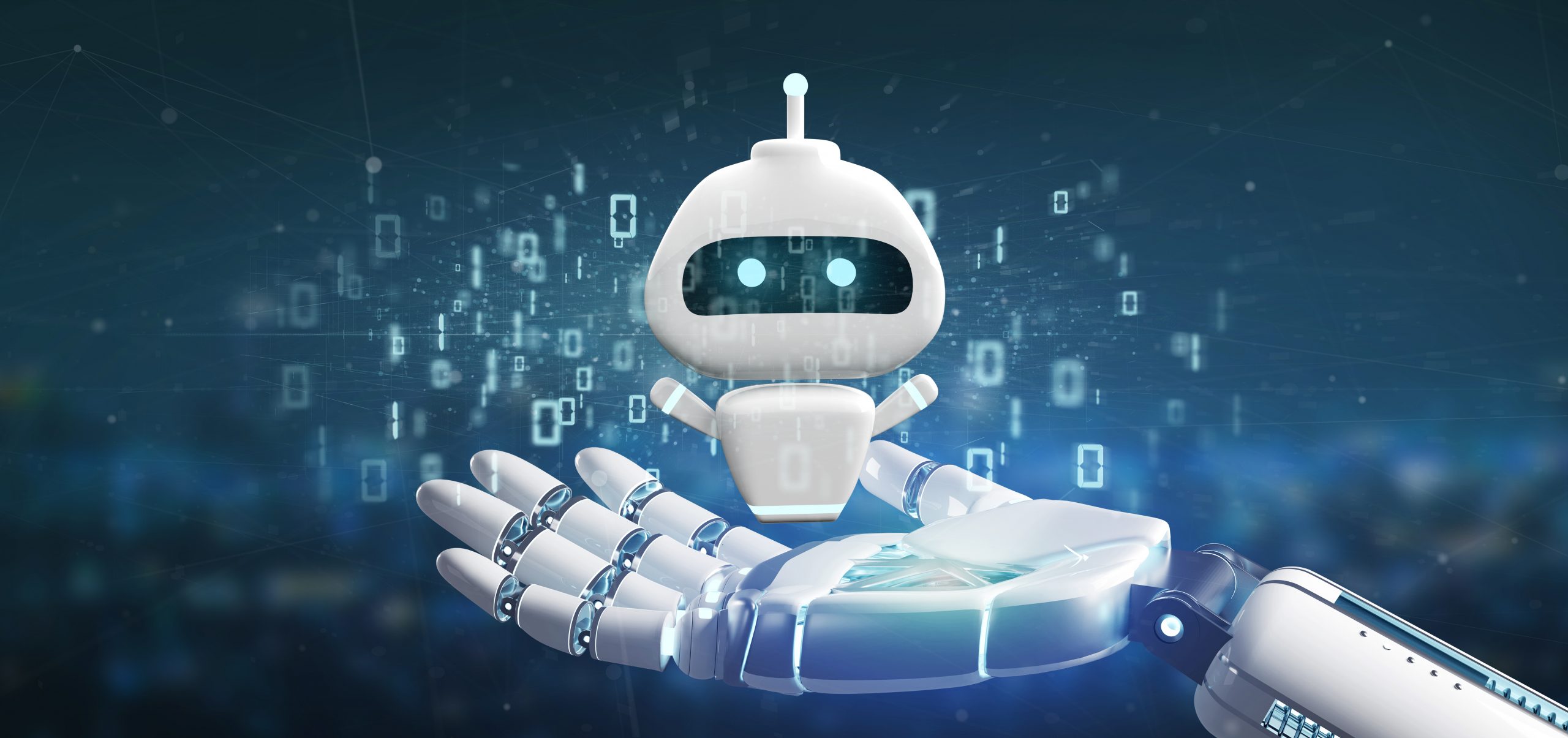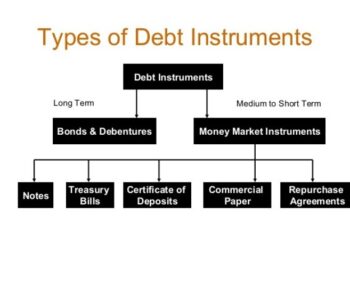Businesses today are moving toward integrated, specialized, and intelligent strategies for effective customer engagement and retention. With the advent of Artificial Intelligence (AI), Natural Language Processing (NLP), and Robotic Process Automation (RPA), the banking and financial services industry is leveraging new possibilities in digital transformation. With 600 million smartphone users¹ in India, and social media facilitating faster information exchange, powerful technologies are paving the way for customer-centric operations. According to the Indian FS AI Adoption Survey 2021², more than 80% of respondents say they have implemented AI-powered chatbots to facilitate customer service.
AI-driven collections chatbots
Although chatbots have only recently entered the debt-collections market, they are already making an impact. These chatbots use NLP capabilities to compile data on the borrower’s debt, payment history, contact frequency, and preferred communication channels. This data-driven, detailed analysis is then used to take further action on debt recoveries.

Chatbots are rapidly advancing and getting more sophisticated day by day as a result of ongoing AI advancements. Advanced AI and ML models power these virtual assistants, which in turn, resolve and streamline customer inquiries while escalating more complex cases to human agents.
AI-powered chatbots can comprehend the intent behind the customers’ requests, take into account every customer’s conversation history while interacting with them, and respond to their inquiries in a humane manner. Borrowers frequently find it challenging to communicate with agents, but a sophisticated collections chatbot becomes an excellent medium for engagement without making them feel embarrassed or judged. While live agents may call constantly and nag debtors with reminders and not follow regulatory compliances, chatbots give debtors a convenient way to manage conversations and answer payment-related queries as per their availability.
Chatbot in the debt collections industry is transforming CX
Debt collections is one of the most expensive and resource-intensive operations for banks, NBFCs, and FinTech lenders. Lenders are automating borrower outreach using artificial intelligence and machine learning capabilities to increase their efficiency and borrower experience in debt collections.
Let us take a look at how AI Chatbots are revolutionizing debt collections through automation:
- Scaled-up borrower interactions
Lenders can communicate with borrowers more effectively and efficiently using chatbots for debt collections than they can with traditional phone calls and emails. Chatbots can share user-friendly reminders about unpaid bills without the need for a human agent’s intervention. This benefits lenders and borrowers alike, as it saves time, provides scale, and reduces cost while ensuring that conversations happen in the most humane way possible. Since these chats are initiated at the will of the borrowers, operations are optimized while ensuring borrower satisfaction.
2. Enhanced Productivity of collections agents
For financial institutions, offering support beyond regular working hours proves to be expensive. Providing 24/7 assistance is what chatbots are built to do. Banking chatbots help banks reduce their agents’ time on administrative tasks and mundane query resolution. By automating debt collections, the collections teams have more time to handle complex cases that have a high risk of delinquency. It is especially helpful for teams and agents who frequently spend a significant portion of their day responding to customer texts, emails, and phone calls, and fall short of their monthly targets.
3. Speed up transactions with link sharing
Due to the speed at which banking chatbots can complete transactions—in seconds as opposed to minutes or hours—borrowers can make payments more quickly and be informed of the payments made. Quick resolution is particularly effective in large financial institutions where communication breakdowns can result in incorrect borrower profiling and have an impact on their future loan status.
4. Personalized Borrower Experience with soft nudging
Banking chatbots personalize the borrower’s experience by incorporating information about their preferences and engagement history into the conversation to make it relevant and meaningful. It makes the borrowers feel cared for and is a differentiator considering typical situations, such as Agent A talking to the borrower, getting the call transferred to Agent B, and then the borrower having to explain the situation all over again.
Conclusion
AI-powered chatbots improve customer experience, and borrower engagement rates in a shorter time span.
The debt collections industry is moving towards a future where bots will handle a sizeable portion of borrower communication strategy, and in the process, further, reduce the heavy reliance on contact centres and human agents.
- Mint: India has over 1.2 bn mobile phone users: I&B Ministry
- PWC: AI Adoption in Indian Financial Services and related challenges ion in Indian financial services and related challeng





